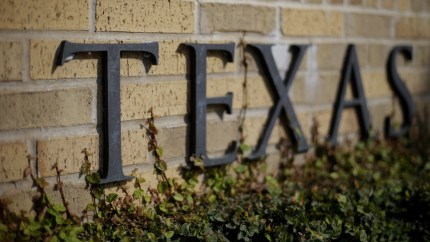The North Face will give you 20% off to complete a racial inclusion course
The North Face’s new digital course aims for “Allyship in the Outdoors,” but did the brand miss the mark in its approach to incentivize consumers?

The North Face is offering 20% off — to shoppers who complete its new “racial inclusion and allyship” course. Yes, this is real.
This week, the outdoor clothing and accessories retailer launched an hourlong “Allyship in the Outdoors” training course. Designed to “foster a deeper understanding of the unique challenges that people of color face when accessing the outdoors,” The North Face says the training highlights “perspectives of race and racism” in four interactive modules to help consumers be better allies.
To incentivize consumers to take the course, the brand is offering coupons for 20% off to all of those who complete the course.
“To thank you for being an ally and completing the full course, The North Face is pleased to offer you a one-off 20% discount, to be used on The North Face website,” the coupon reads, noting the discount is nonapplicable to North American shoppers, according to Fortune.
What does the course entail?
Like any training module, users are given scenarios crafted to help them reach a deeper understanding of the topic. At the start of the course, it emphasizes that “the outdoors are for everyone.” It also shares statistics addressing the idea that people of color are “less likely to go climbing, hiking, skiing, snowboarding, and trail running.”
Encouraging users to ask themselves, “How many people of color do they see on the slopes, on the hills, or on the trails,” the module also features videos and other interactive sections, which users are quizzed on at the end of each section. Seemingly designed for white consumers, the course also discusses the existence of white privilege within the outdoors and shares tips on approaching the topic of “being too woke.”
Recommended Stories
Where does it miss the mark?
Though The North Face may have had good intentions with the rollout of this new initiative, social media has shared mixed reactions. While some users complained about the exclusion of the discount in the U.S. and North America, others were upset at the brand’s use of “woke capitalism.” However, as content creator N’Dea (@bmekween) noted, the campaign highlights a more significant issue.
“Time and time again,” she said in the video, “we keep seeing brands that are trying to change the majority instead of creating safe spaces for the minority.”
Here’s the thing: The North Face’s allyship training course, as the name suggests, is geared toward the majority — in this case, white people. In addition to the “nature gap” the modules address, there remains a socioeconomic gap between people of color and their white counterparts that this campaign entirely overlooks. The North Face’s products are typically retailed at a higher price point, ranging from $50 to $400. Considering the longstanding and growing racial wealth gap in America, the brand’s decision to give their white clientele 20% off for taking a racial inclusion course seems a bit tone-deaf.
“This campaign is for allies of underrepresented folks in outdoor spaces, and nine times out of 10, they don’t need the 20% off. So the people that are gonna take [the course] are just going to get a discount that they don’t need,” N’Dea added. “But the people who actually need the course are not going to take it because they’re just going to buy the gear themselves. And the people who need the 20% off are the folks that [The North Face] should be targeting, which are minorities.”
Additionally, though discrimination certainly plays a part in people of color’s absence in the outdoor space, KangJae “Jerry” Lee, an assistant professor at North Carolina State University, emphasized that high costs associated with outdoor recreation also contribute to the gap.
“If we start connecting the dots, the issue becomes excruciatingly clear that historical institutional racism has banished people of color from the great outdoors,” Lee told CNN. “An important question we need to ask in this argument is why are Black and Hispanic people experiencing higher poverty rates if money is such an important aspect? The answer is racism.”
How does this reflect the reality of corporations’ DE&I efforts in 2024?
Four years after the grand popularization of “diversity, equity, and inclusion,” this campaign is yet another on the laundry list of campaigns that missed the mark. In addition to investing in genuine, research-backed initiatives, when crafting DE&I initiatives, brands should start asking themselves who they are prioritizing in their plans — the majority, or the so-called minority?
Never miss a beat: Get our daily stories straight to your inbox with theGrio’s newsletter.
More About:Lifestyle

















